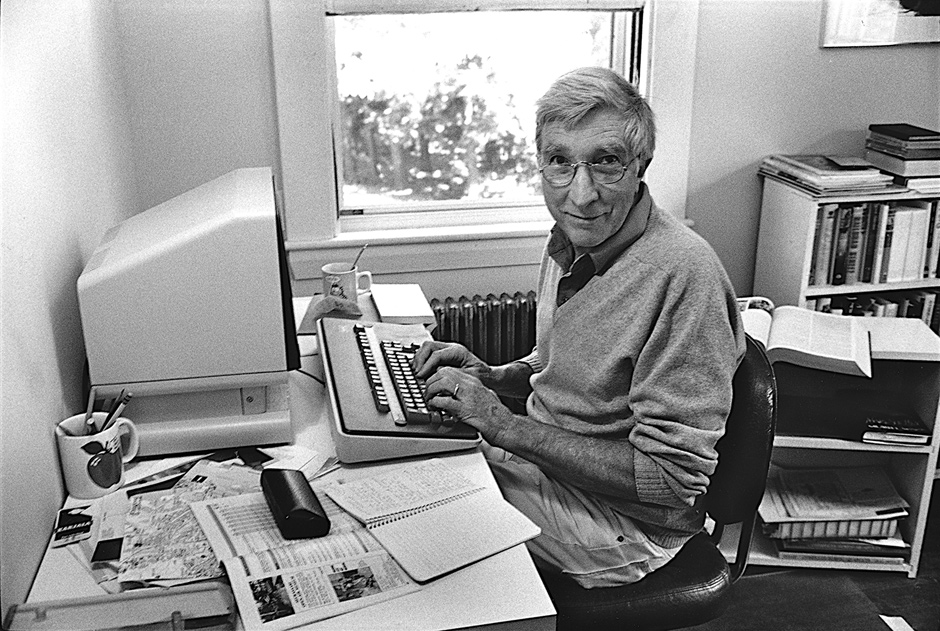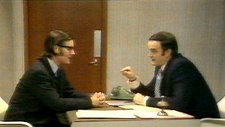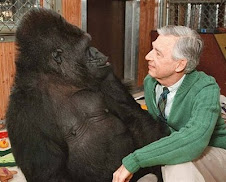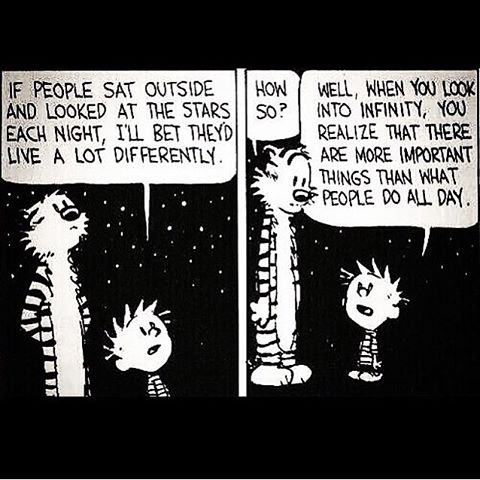If you walk the nine kilometers between the villages of Salvage and Eastport on Bonavista Bay, there are moments when you imagine being the only person in all of Newfoundland.
It happens when there are no cars on the narrow road and no planes in the wide sky. There are only the rolling hills, the water and the faraway sound of sea birds.
You can stop, lean on a tree and stare out across the bay waters and realize that somebody looked out at the same view hundreds of years ago.
It might just be my favorite walk in the world.
Humans were made for walking. It is as natural to us as breathing. Yet we avoid it whenever and however we can.
Despite our automotive allegiance, there are whiffs of change in the air. Many people are re-discovering the joys of perambulation and are hitting the sidewalks and the walking paths.
Today, we're revisiting a special program from 2013 called Walking: A Pedestrian Pursuit, which celebrated the joys of walking in a myriad of ways.
- Michael Enright
A peripatetic history of walking
The history of humanity is a history of walking — and, more recently, of finding ways not to walk.
Our ancestors made a decisive break with other primates by taking their first baby steps toward walking upright millions of years ago. Our species, homo sapiens, originated in Africa about 200,000 years ago, tramping around the Rift Valley region.
Then, about 50,000 to 70,000 years ago, humans set out on foot to populate the earth, eventually spreading to every continent except Antarctica.
All that walking was done barefoot. The first sandals, the precursors to full shoes, didn't appear on the scene until about 10,000 years ago.
Then, in about 3500 B.C., the wheel was invented. Neolithic walkability advocates warned of a looming public health crisis and village sprawl as a result.
Next came the chariot, in the second millennium B.C. But in 100 A.D., the Roman Emperor Hadrian completed an epic walk, touring his entire empire by foot. He marched about 21 miles a day, all the while wearing full armour.
Over the next centuries, the wheel and other technologies slowly eroded walking's central place in human affairs. So much so that Henry David Thoreau felt compelled to write one of his most popular essays, called Walking, in 1851 to extol the virtues of a ramble through nature.
'Forest bathing': You don't need a swimsuit, just comfortable shoes and an open mind, guide says
Other forces came into play in the war on walking. Golf, Mark Twain said more than a century ago, was "a good walk spoiled." To be fair, though, at many golf courses today, everyone rides around in golf carts, thus sparing walks from further ruination.
In the late 19th century, walking enjoyed a vogue as a sport. Edward Payson Weston, a long-distance walker, became America's best-known athlete. His greatest feat came in 1909 when he walked 4,000 miles from New York to San Francisco, in 100 days at the age of 70.
That same year, Henry Ford started his Model T assembly line. In 1956, U.S. President Dwight Eisenhower signed the Federal Aid Highway Act. Suburbs blossomed. Walking became something you did with the dog. Or if you didn't have a golf cart.
 Volunteer trail builders Graham Houlker, Sam Waddington and Kelly Pearce walk down a wooden feature on the Thaletel hiking and mountain biking trail in Chilliwack's Lexw Qwo:m Park. (Rafferty Baker/CBC)
Volunteer trail builders Graham Houlker, Sam Waddington and Kelly Pearce walk down a wooden feature on the Thaletel hiking and mountain biking trail in Chilliwack's Lexw Qwo:m Park. (Rafferty Baker/CBC)Today, for some of us, the longest walk of the day is across the parking lot to the car.
Our kids, by and large, aren't doing much better. A 2013 survey found only 28 percent of Canadian kids walk to school.
And it's not like they're going on long rambles in the woods after school, either. According to the same survey, Canadian teenagers spend an average of 11 minutes walking per day.
Canadian adults earn failing grade on physical activity report card
Presumably, much or most of the time not spent walking is spent sitting — at a desk, on a couch, on a bus or in a car. And why not? It's easy. It's comfortable. You'd think that's what our amply padded posteriors were put there for.
But sitting, as it turns out, is best done in moderation. Studies have shown that excessive sitting leads to higher rates of obesity and dramatically increased risk of diabetes and heart disease, among other things.
Walking, not sitting, is what our bodies are meant to do.
Daniel Lieberman is one of the world's foremost experts on how — and why — we humans walk on two legs. He's the Edwin M. Lerner II Professor of Biological Sciences and a Professor of Human Evolutionary Biology at Harvard University. His books include The Story of the Human Body: Evolution, Health and Disease.
He spoke to Michael Enright about how and why bipedalism first emerged, and the consequences of not walking.
The Sunday Edition
How and why bipedalism first emerged and the consequences of not walking
8:31
Daniel Lieberman is one of the world's foremost experts on how — and why — we humans walk on two legs. He spoke to Michael Enright about how and why bipedalism first emerged, and the consequences of not walking. 8:31
How walking changes us
Walking still seems out of step with much of our way of life today. We live in a society that values speed, efficiency, just-in-time delivery and instant access to whatever you want.
Walking is slower. It takes longer. It requires patience. And perhaps, in so doing, it connects us to the present, to our surroundings and to our humanity.
Sitting 8 hours a day? An hour a day of physical activity could offset the health risks
Enright spoke to three people about how we engage differently with the world while walking and how walking shapes our minds, values and cities.
Wayne Curtis is a contributing editor with the Atlantic magazine, and he's the author of an upcoming book on the history of walking in America.
Alexandra Horowitz teaches psychology at Barnard College in New York, and she's the best-selling author of Inside of a Dog and On Looking: Eleven Walks with Expert Eyes.
Ken Greenberg is the Principal of Greenberg Consultants and a former Director of Urban Design and Architecture for the City of Toronto. He's also the author of Walking Home: The Life and Lessons of a City Builder.
The Sunday Edition
How walking changes us
23:06
Wayne Curtis, Alexandra Horowitz and Ken Greenberg on how walking changes us. 23:06
Click 'listen' above to hear the full special, which also includes reflections from John Baxter on being a pedestrian in Paris, Jane Farrow on suburban walkability, and Robert Macfarlane on the walking the 'Old Ways.' "Walking: A Pedestrian Pursuit" was produced by Chris Wodskou and originally aired on June 9, 2013.










 Charles Darwin (
Charles Darwin (















No comments:
Post a Comment